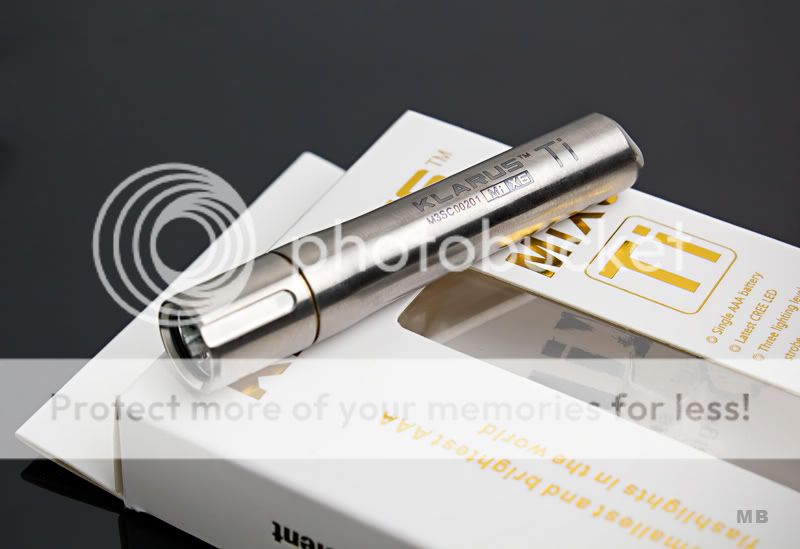The items or contents of your Every Day
Carry are something that’s very unique according to your personal needs and
ability to carry items everywhere you go. If you carry a backpack around then
your EDC can be significantly bigger than someone that does not carry one,
making this a truly unique setup for every person.
There are key items you should always have
in your EDC setup though, a knife/multitool, small notepad, and a flashlight.
While most useful and important, a lot of people cut back when coming to
flashlight in their EDC setup, leaving it out due to size and weight many other
restraints, but the flashlight is a tool that’s not only useful for seeing in
the dark, but for self defence and security, too.
Still not convinced? Well, in
case you aren’t, here are 5 reasons why a flashlight needs to be a part of your
EDC.
1.
GLIMPSING IN THE DARK
One of the most basic uses of a flashlight
is for seeing in the dark, and this is by far more important than you think.
From changing a tire on the side of the road at night to finding everything
that fell out of your pocket in the dark, having a flashlight on hand is pretty
useful.
Sure, most phones probably have built-in lights, but what if you’re out of
battery life? Then you’re stuck. For safety, having a small tactical flashlight
with you all the time is pretty much important.
2.
SAFELY PERFORMING SPECIFIC TASKS
Tire changing being at the top of the list,
there are quite a few tasks that can cause damage or get you hurt if you can’t
see what you’re doing. For example, what happens when you need to jump-start a
car in the dark? Hooking the terminals up incorrectly can damage your car or
even cause the battery to explode.
If you are out camping, stuck in the woods at night, a flashlight is vital to
help you start a fire. Without a source of light, you could not safely achieve
either of these. Even hooking up cables to your television is better done with
some light. In short, be safe and use a flashlight.
3.
IDENTIFY THREATS
Of Course, flashlights are great for
glimpsing in the dark, but if you’re in a dangerous situation you can
easily use your flashlight to identify a threat. Whether or not it’s an animal
or person, being able to see your mark it’s very important.
If you can’t see your mark you can easily end up hurting someone that
isn’t a threat or end up getting hurt by an unidentifiable target. Having a
light on you at all times helps you to know who’s coming close quickly and
easily.
4.
SHOCK AND DISORIENT ATTACKERS
You can actually use your flashlight as an
offensive weapon, too. In a dark situation shining a bright light in someone’s
eyes will definitely do them harm. Not only will it shock them, but it will
ruin their vision for some time after, giving you a chance to attack or get
away.
Hitting someone with a bright beam of light will disorient your attacker as he
or she spins away from the flash. This turns them around and gives you even
more time for fight or flight to kick in.
5.
USE AS AN ACTUAL WEAPON
Finally, if you choose a proper tactical
flashlight you can use the light itself as a weapon. Many tactical lights have
a raised end around the light end, giving you something that can be gouged
with.
Most lights are also heavy to an extent, making them perfect for hitting
someone with. Both of these combined give you one additional weapon in your
arsenal. While not the most effective weapon around, it’s great as a last
resort.















